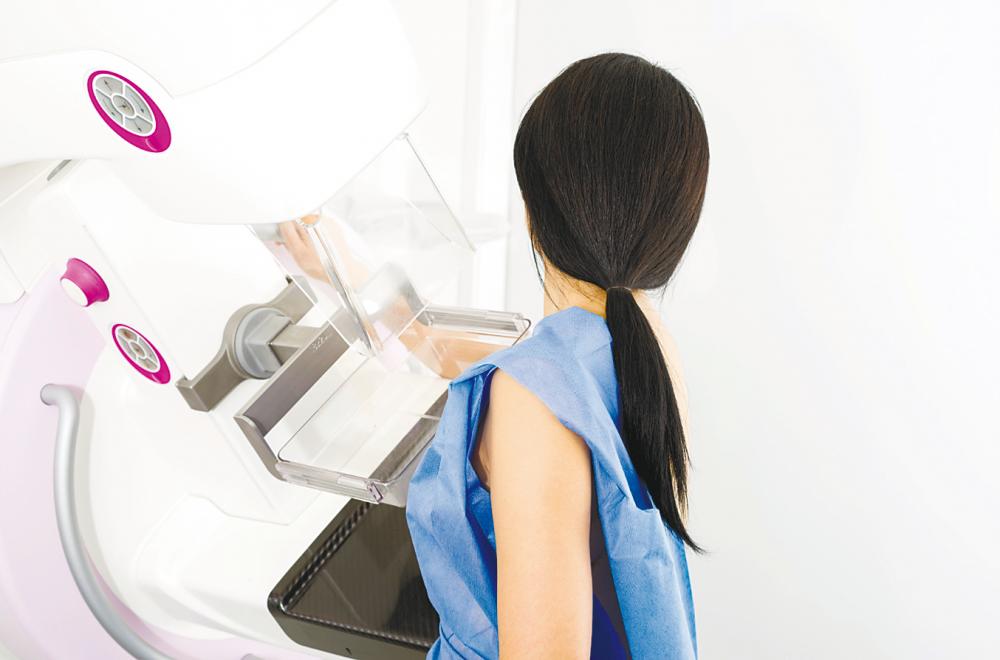We all know that childbirth is one of the most painful things a woman would eventually have to go through in her life, but have you heard about the ‘husband stitch’? When repairing episiotomies (vaginal tearing from birth), some providers put in “an extra stitch for daddy”, with painful consequences for women.
The vaginal birth canal is a muscle that can stretch open to allow a baby to pass through for delivery, but sometimes, the opening may not stretch wide enough to accommodate the baby’s head. Instead of risking a serious vaginal tear, a doctor or midwife may perform an episiotomy.
The supposed purpose of the husband stitch is to tighten the vagina to its predelivery state, but it is important to note that the husband stitch is neither an accepted practice nor an approved medical procedure.

There are no scientific studies that show how many women have been affected, but women have shared their firsthand accounts as anecdotes, whispered as warnings, about continuing to experience pain during sex, even after giving birth to another child.
The medical professional is at fault if they have performed this extra stitch without the woman’s consent, and researchers believe that the routine use of episiotomies causes more adverse effects than allowing the woman in labour to tear naturally. This is why women should have a conversation with their gynaecologist about their desired birth plan.

Besides the pains of childbirth, endometriosis is the haunting disorder that causes women to have painful periods every month. Endometriosis is an often painful disorder in which tissue similar to that which normally lines the inside of the uterus, grows outside the uterus instead. As it thickens, breaks down, and bleeds with each menstrual cycle, this tissue has no way to exit your body, so it becomes trapped within, and surrounding tissue can become irritated, eventually developing scar tissue and adhesions.
When bands of fibrous tissue cause pelvic tissues and organs to stick to each other, women can feel severe pain during their menstrual periods, and fertility problems may also develop. If you notice that you have severe pain during your period, it’s time to see a gynaecologist, because what’s happening might not be as normal as you think.
In addition to painful periods, endometriosis can also cause vaginismus, which is the involuntarily or persistently contraction of the vaginal muscles during vaginal penetration, leading to painful sexual intercourse. Vaginismus doesn’t interfere with sexual arousal, but it can prevent penetration. There’s not always a reason for vaginismus, but the condition has been linked to past sexual abuse or trauma (In Malaysia, every one in three women has experienced a sexual assault in their life, every one in 10 Malaysian children are sexually abused, and that’s only based on reported cases).
If sexual intercourse or using tampons is painful for you, it’s nothing to be ashamed of. Nevertheless, this disorder can interfere with your relationships and your quality of life, and there are treatments for it. Possible treatments include psychosexual therapy, which is a type of talking therapy that aims to help you understand and change your feelings about your body and sex, relaxation techniques to help you learn to relax the vaginal muscles, pelvic floor exercises to help you gain control of the vaginal muscles, and vaginal trainers, which are tampon-shaped objects in different sizes to help you gradually get used to having something inserted into your vagina.
In a study by BMC Women’s Health, it was shown that accessing effective treatment for vaginal penetration difficulties is difficult, because the practical and emotional demands of using vaginal trainers may be underestimated by professionals, resulting in inadequate provision of support and information in practice.
This is why communication skills like non-judgemental listening are important for supporting women through treatment. If you go to a doctor and they dismiss your pain, move on to a new and better doctor.
Along the line of women’s health, a study done in a Seremban hospital showed that only 55.7% of women have done a Pap smear in their lives, with 33.5% of them having it done within the past three years according to the guideline. The main factors for poor response were a busy schedule, having no unusual symptoms, personal shyness, and fear of pain.
Malaysian MOH guidelines recommend that women undergo pelvic examinations and Pap smears every two to three years, starting at age 18, if they are sexually active. Pap smears can be a bit uncomfortable, but the test is very quick.
During the procedure, the doctor will insert a device called a speculum into your vagina and scrape a small sample of cells from your cervix. The sample of cells from your cervix will be preserved and sent to a lab to be tested for the presence of abnormal cells.
The main purpose of a Pap smear test is to identify cellular changes in the cervix, which could be caused by HPV. By detecting cervical cancer cells early with a Pap smear, treatment can start before it spreads and becomes cervical cancer.

Besides Pap smears, mammograms are also one of the most important tests women need to undergo to screen for and diagnose breast cancer, as well as evaluate and follow up with people who have been diagnosed. Still, many women may skip regular mammograms because they’re anxious or stressed about the discomfort.
A mammogram involves compressing the breast between two clear plates, which can be uncomfortable or even painful for some women.
However, a 2019 French study suggests that mammograms are just as effective and cause less discomfort when women can control the amount of compression.
The results showed that the mammogram image quality was the same for the group of women who could control the compression level and the ones who could not. The results showed that women who controlled the compression of the mammogram reported less pain and discomfort than women who had a standard mammogram, and the U.S. Food and Drug Administration gave clearance to a digital mammography system that allows women to increase or decrease the amount of compression applied to the breast before the mammogram starts in 2017.
According to the World Health Organisation, the most common cancer in Malaysia for women is breast cancer. Both breast cancer and cervical cancer are among the leading causes of death for Malaysian women with cancer. This means that you shouldn’t let any obstacles get in the way of your regular checkups. Although some tests can be uncomfortable, the brief discomfort might just save your life.











